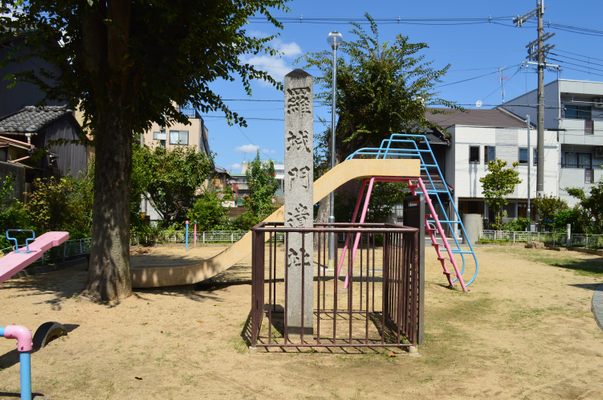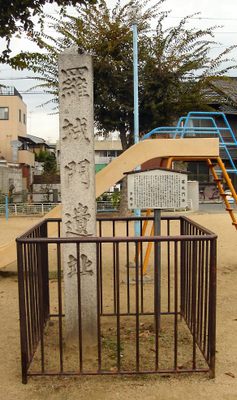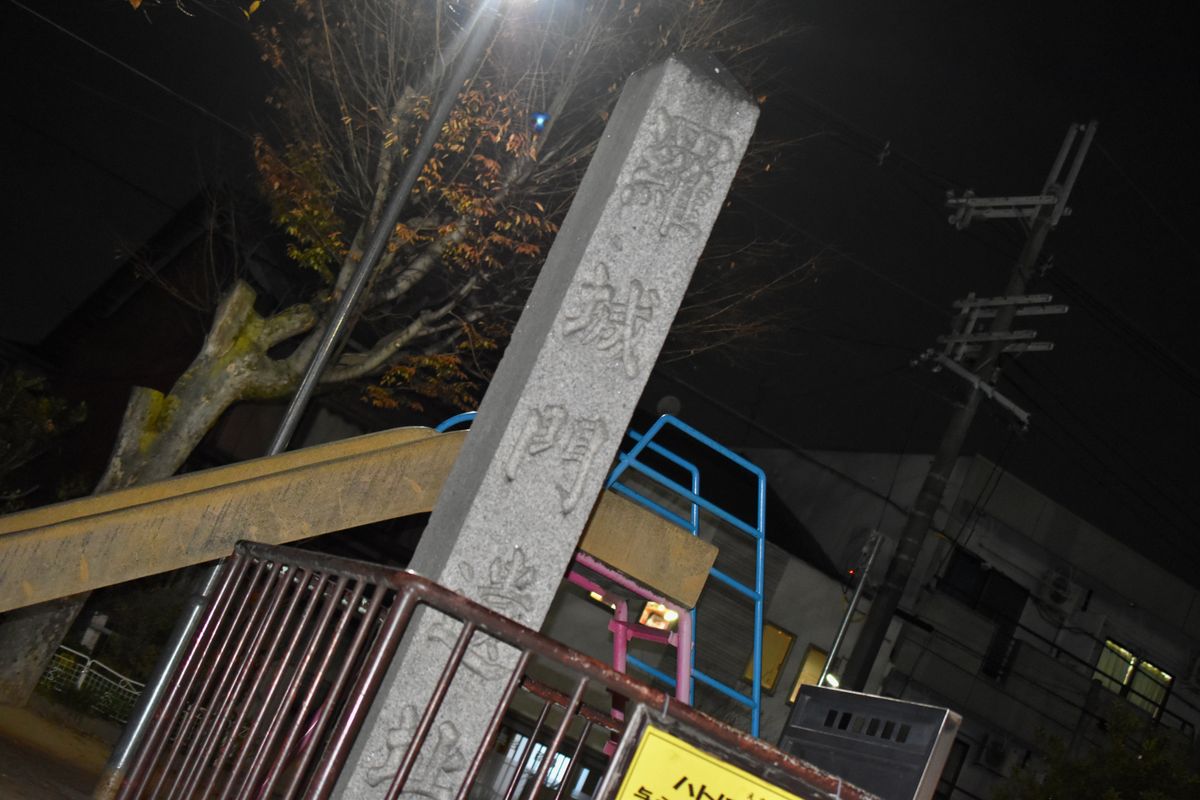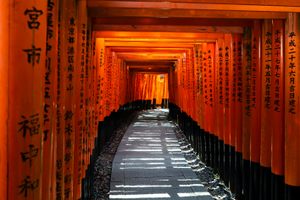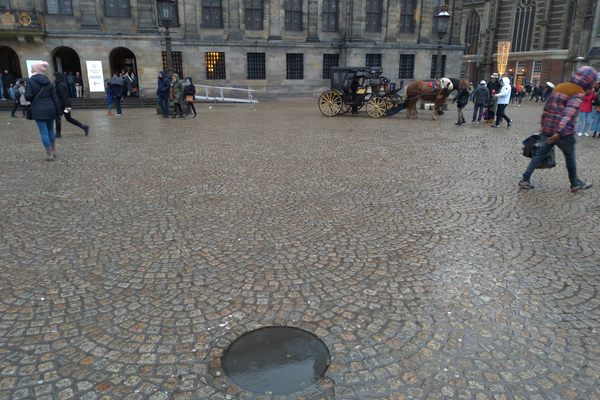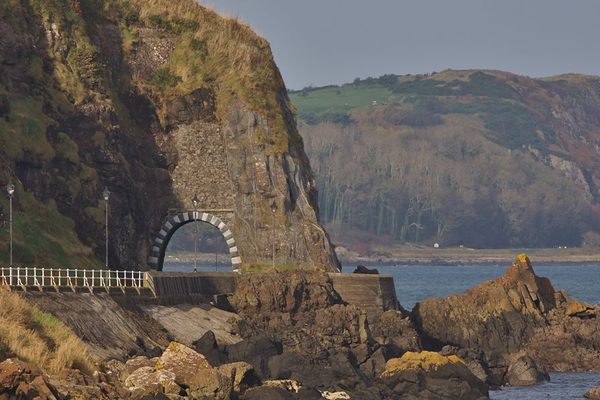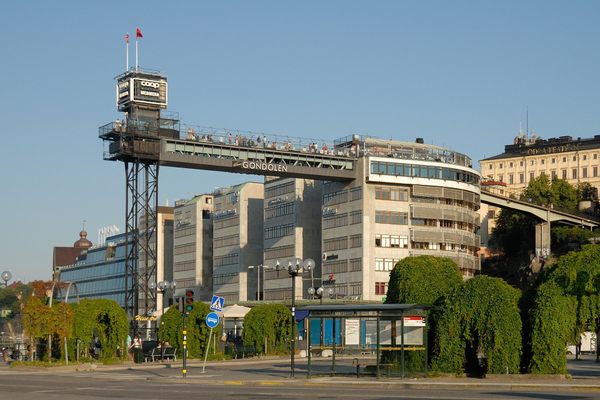About
The ancient city of Kyōto functioned as Japan's (later de jure) capital between 794 and 1869. In the early medieval times it was known as Heian-kyō, and the Emperor's royal residence was located here. The city's official entrance was Rajōmon, more commonly known as Rashōmon, which means "city-wall gate."
Originally a magnificent structure, the Rajōmon gate was destroyed by a storm in either 816 or 980 AD, and was never fully restored. It became so dilapidated that, for a while, the upper part of the gate was used to dispose of unclaimed corpses. According to a contemporaneous nobleman's diary called the Shōyūki, by the early 11th century some cornerstones were all that had remained of the famed gate.
There has been a number of legends concerning Rajōmon. In one, it was haunted by an oni (demon-ogre), who was defeated by samurai Watanabe no Tsuna. The 12th-century anthology Konjaku Monogatari features the story of a thief, set during the times when the gate was starting to crumble. It was adapted into a short story by Ryūnosuke Akutagawa in 1915, which was then further popularized by Akira Kurosawa's 1950 film Rashomon, whose plot derives from another of Akutagawa's works titled In a Grove.
None of the gate's ruins have been unearthed to this day, but its original site is commemorated by a stone monument, located in a small park beside Yatori Jizo-son Temple. A smaller recreation of Rajōmon can also be found outside Kyōto Station.
Related Tags
Know Before You Go
The monument is in Hanazono Children's Park, Kyoto. The nearest station is Tōji Station, less than 15 minutes away by walk.
Hidden Japan: Sado Island, Nara & Kyoto
Explore a different side of Japan.
Book NowCommunity Contributors
Added By
Published
June 8, 2020
